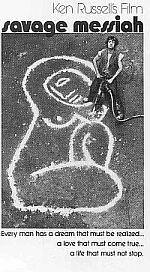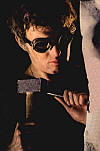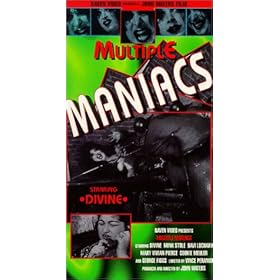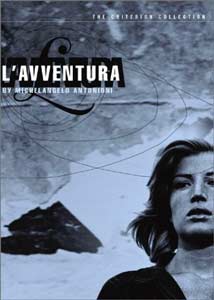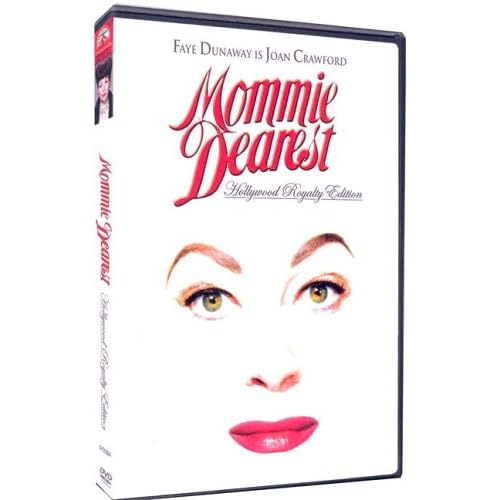 (Viskningar och rop, Directed by Ingmar Bergman, 1972, Sweden)
(Viskningar och rop, Directed by Ingmar Bergman, 1972, Sweden)Agnes (Harriet Anderson) is dying and her two sisters Karin (Ingrid Thulin) and Maria (Liv Ullmann) take turns watching over her as well as a servant Anna (Kari Sylwan), in an upper-class manor in turn of the century Sweden. From this premise, Bergman explores relationships between the three sisters and the aftermath on them following Agnes's death.
"Cries and Whispers" is not an easy film to watch. Many viewers would describe it as a typical Ingmar Bergman film, and they would be correct: Bergman deals his usuak obsessions here: dying, psychoanalysis, a hostility of religion and the total absence of god. In the hands of a lesser filmmaker, the filmic narrative could become cliche, if it were not so focused and geared in raw, emotional pain. The relationships between the sisters is explored through flashbacks and fades to red that seem more like hypnotic Strindbergian dream sequences, and Bergman conveys much complex detail about them very economically, impressionistically. In the course of the film, the sisters reveal themselves, masks are dropped and the intimacy of the film is excrutiating in plumbing the pain upon confronting death. At the center of the film is an intensely emotional performance by Harriet Anderson as Agnes, at one point screaming in agony "Can't anyone help me?" The repressed Karin and immature Maria obviously cannot, Agnes can only find solace in the comfort of servant Anna, (herself having lost a child) who selflessly tends to her mistress and gives her the warmth that her two sisters cannot.
Karin and Maria are problematic characters: Maria is shown as being manipulative and cruel: at one point the family doctor (Erland Josephson) rejects her attempts to restart their affair. Leading her to a mirror, he deconstructs her face; this is one of the most excrutiating close-ups in a Bergman film. Liv Ullmann smiles as the doctor slowly tells her that her smile is one of cruelty, scorn and hatred of others. She won't drop the smile, nor what the accusation signifies. As an actress, Ullmann carries the scene off completely, but it is rather hard to watch. In another flashback it is revealed that Maria's earlier affair with the same doctor has led her husband to commit suicide in her presence: frightened, she runs away after he asks for her help, after stabbing himself.
Karin is shown trapped in a loveless marriage to a diplomat whom she detests; salvaging a piece of broken wineglass after a routine upper class dinner, she repeatedly mutters scornfully "It's all a pack of lies" and proceeds to self-inflict genital mutilation, smearing her blood gleefully on her face as her husband looks on. The piece of glass is shown on a silver tray, in Karin's bedroom, it is shot with all the solemnity of a ritual: in the film this is an act of violence only equal to Michael Haneke's main character's self-mutilation at the climax of
The Piano Teacher. The most disturbing aspect is Karin's face, smeared with blood and laughing in triumph at her act. Many viewers are reminded of this scene, and over thirty years later, it is still disturbing.
Maria approaches Karin in an attempt at reconciliation and, while first rejected, the two sisters open up in an attempt to communicate, after Agnes's death.

This softening between them is erased away later towards the end of the film, when Karin reminds Maria about it and Maria cruelly dismisses it as something that just happened, no more no less.
In an extended dream sequence, Anna imagines Agnes calling for someone to warm her: both sisters reject her, Karin disgustedly refuses and Maria as usual, confronted with the horror of death, runs off screaming. Only Anna remains to hold her dead mistress in a shot reminiscent of a pieta.

At the end, Anna, after the funeral is stoic after the remaining family members try to buy her off. Anna is patronized and offered a keepsake of Agnes's, but she refuses. Only when the black-dressed funeral party has left does Anna open the memento she has kept from Agnes: the diary that Agnes was writing at the beginning of the film. She reads aloud, providing the film with a coda: a diary entry where Agnes wrote of a happy time during her illness when, surrounded by her sisters, she felt most alive and happy. Coincidentally, this is the only time the camera shows all four protagonists outside of the house. It is shown to be a beautiful day. The bell that rang at the beginning of the film now sounds again to signal the film's end.
"Cries and Whispers" can be seen as a filmic narrative that is stripped down to essential elements: death, the fear of death and pain - both psychic and physical and also the lack of communication that makes up much of our daily lives. Bergman gives short shrift to any conventional narrative development within his film, but gives his four main actresses equal time, showing just the essential scenes necessary to highlight his themes. In this respect, the film resembles a string quartet in its hypnotic intimacy, a pointilistic one at that. The late great Sven Nykvist won a much deserved Academy Award for his work on this film, and his camerawork flows effortlessly, in all the red dissolves that accompany the dream sequences and the stark, lifeless late Victorian interior settings. The film was rather received with a polar effect: either you loved it or you hated it. Roger Corman (of all people) was instrumental in having the film open in New York before it showed in Sweden, Pauline Kael wrote one of her caustic reviews about the film.
I hadn't seen "Cries and Whispers" in years, and didn't particularly enjoy it the first go round. Seeing it again, in the Criterion DVD release has changed my mind: it is the work of a major filmmaker at the top of his craft, confronting death and life with equal weight. That the film has been open to so many interpretations, especially on the Internet Movie Database, justifies its existence as a work of art.
I may not want to experience the film again for a while but will be interested to see how it holds up probably given more time, perhaps in another five years.




